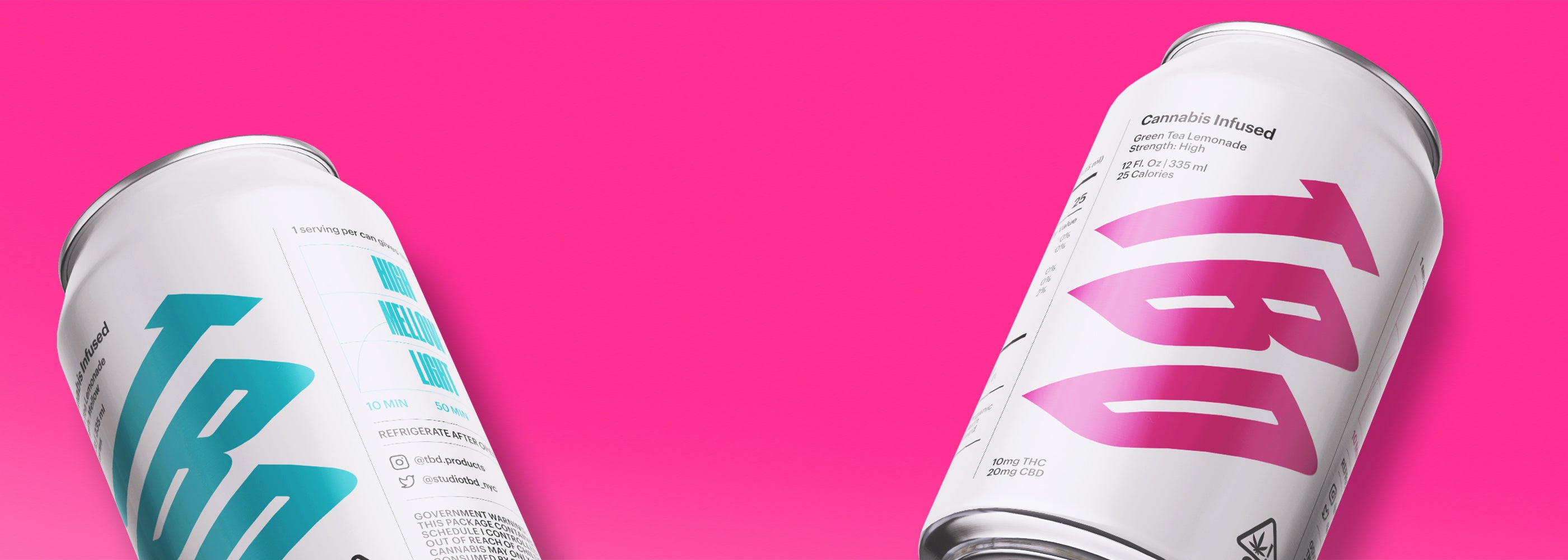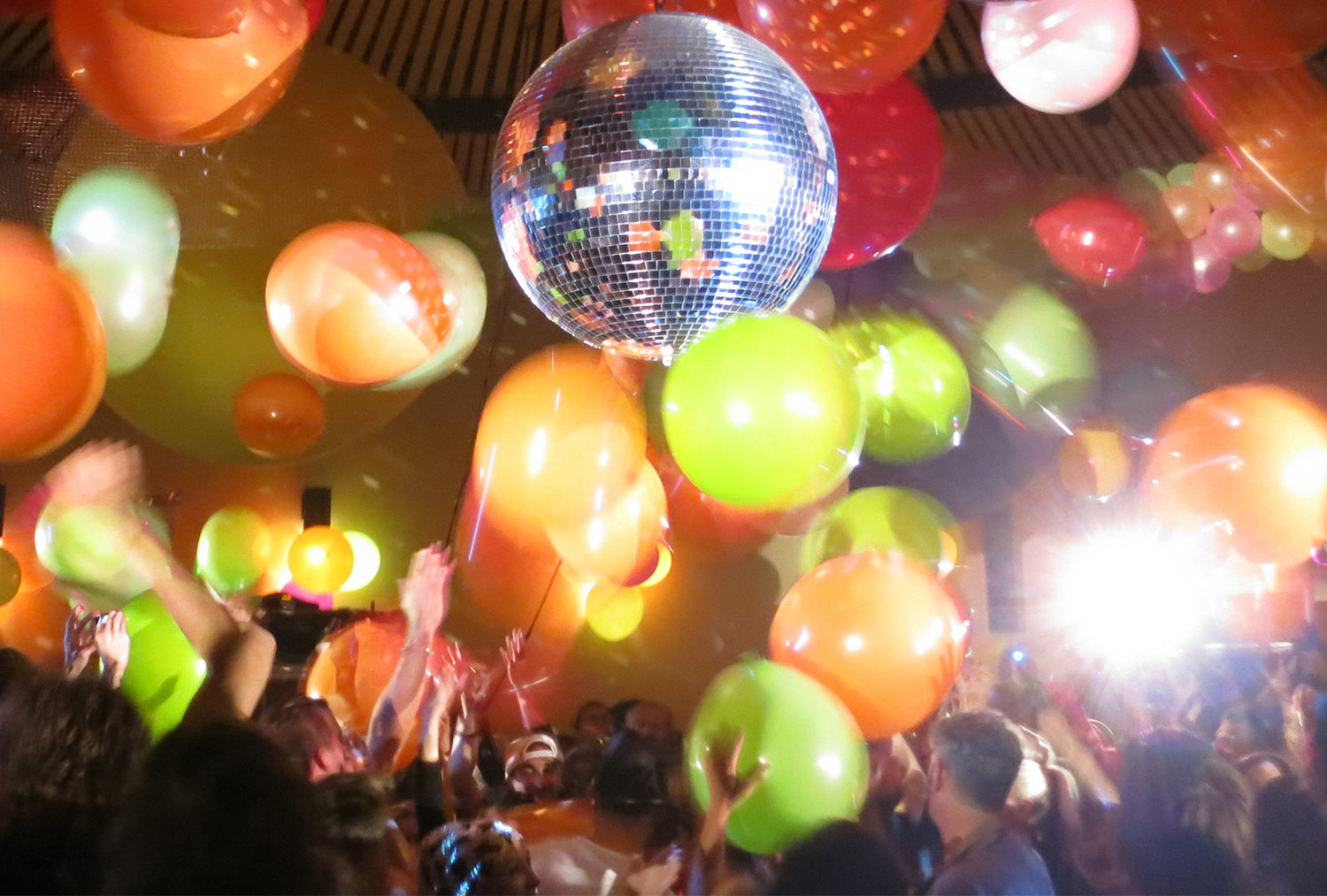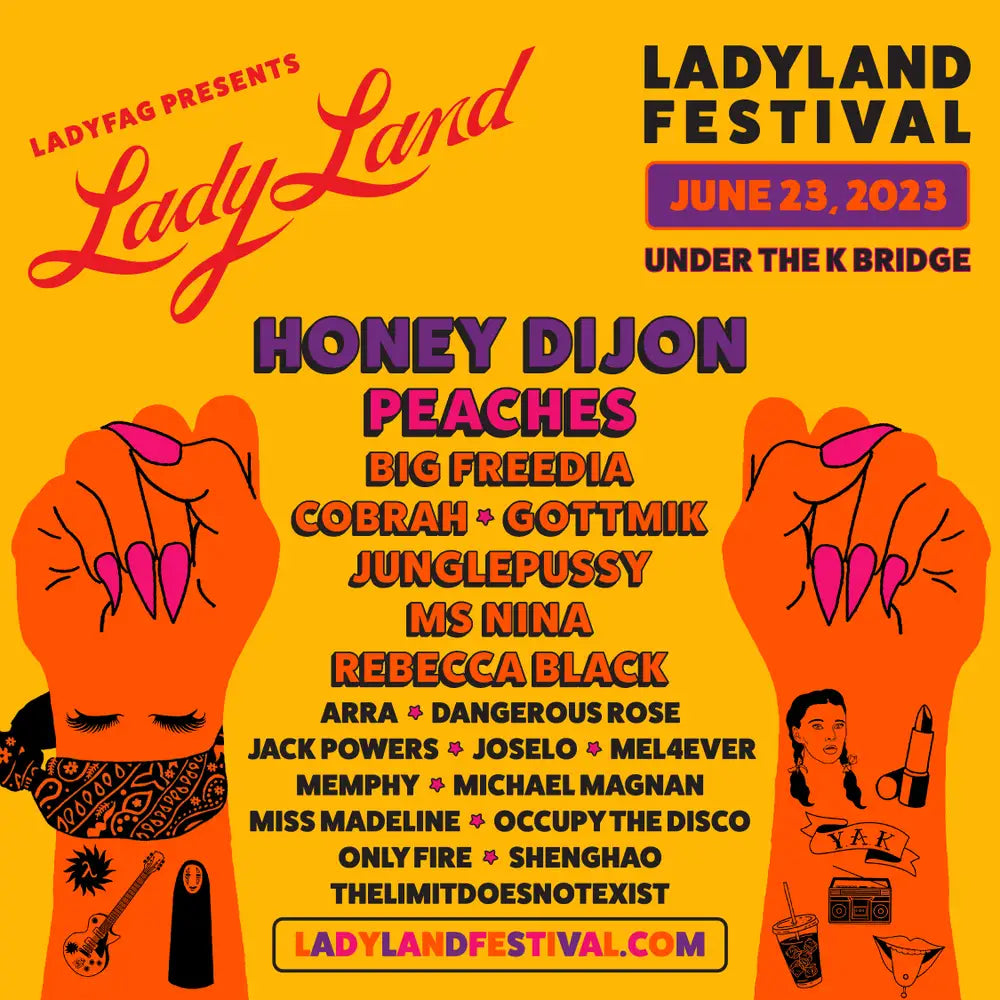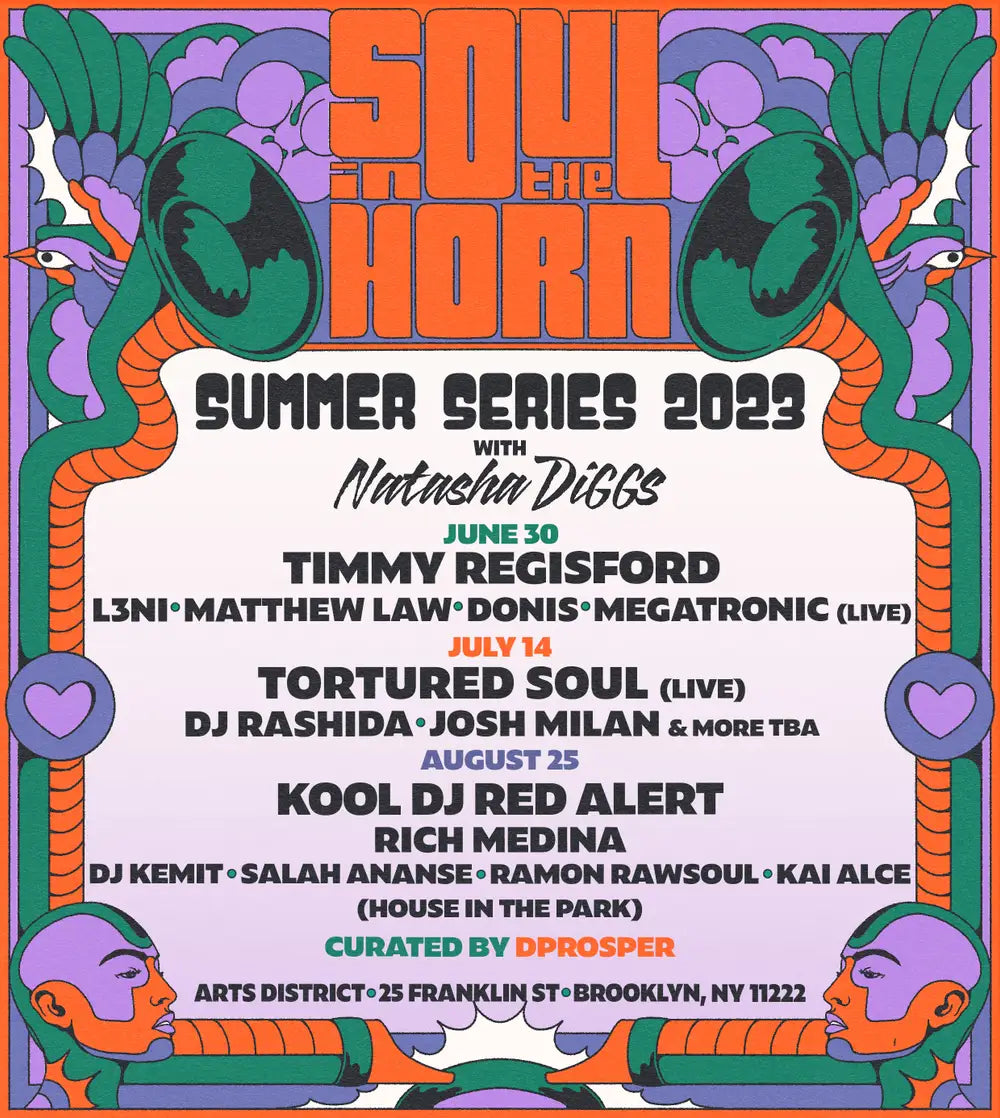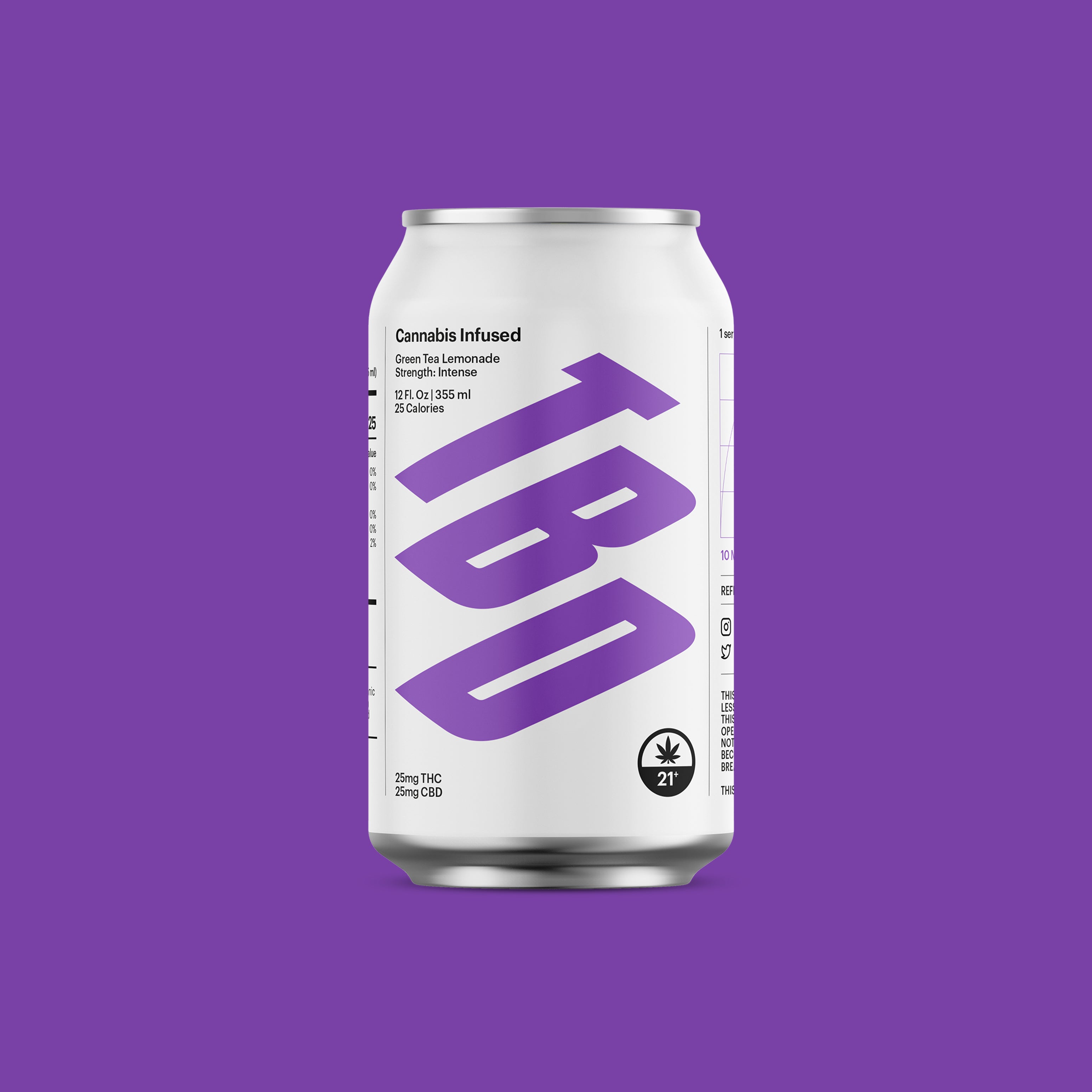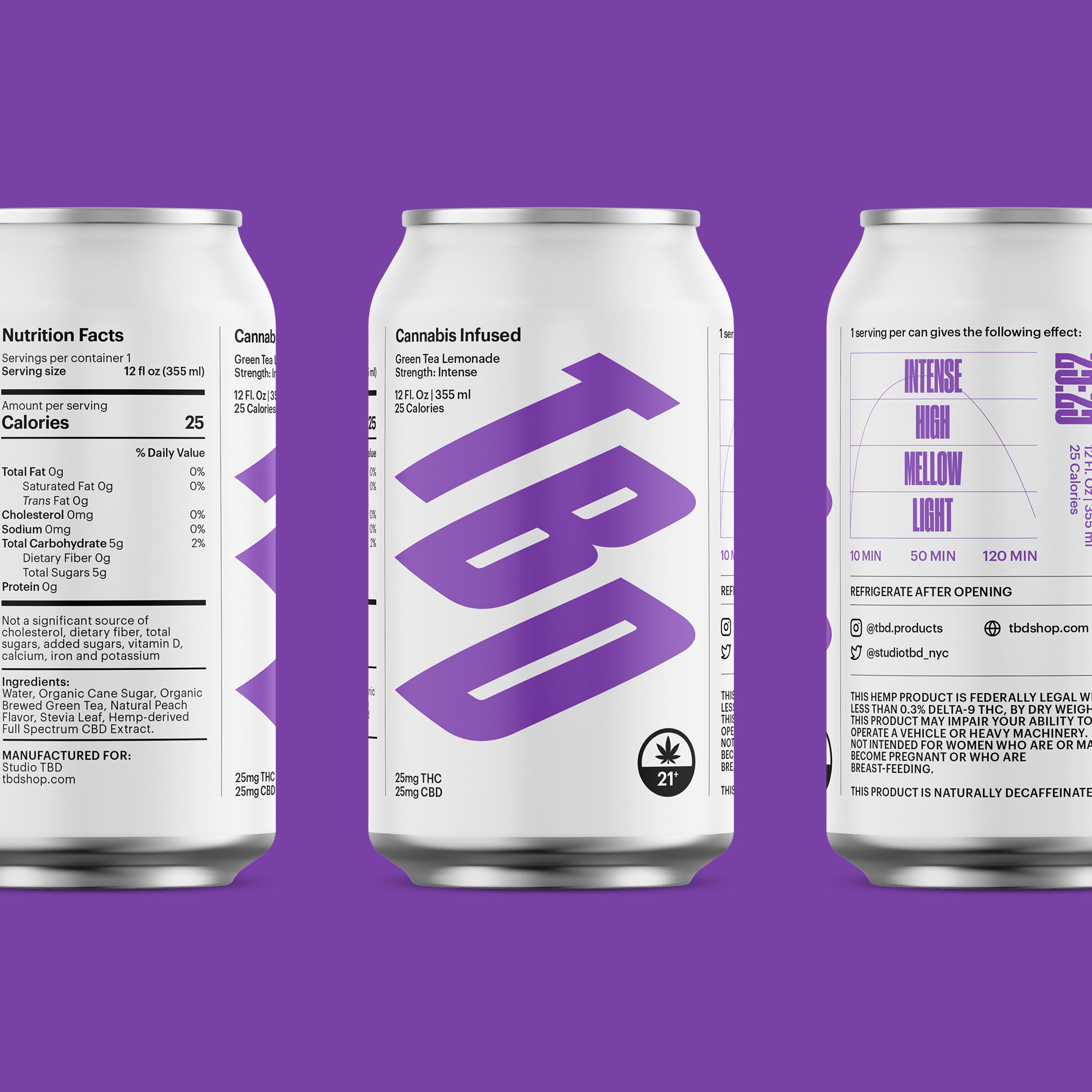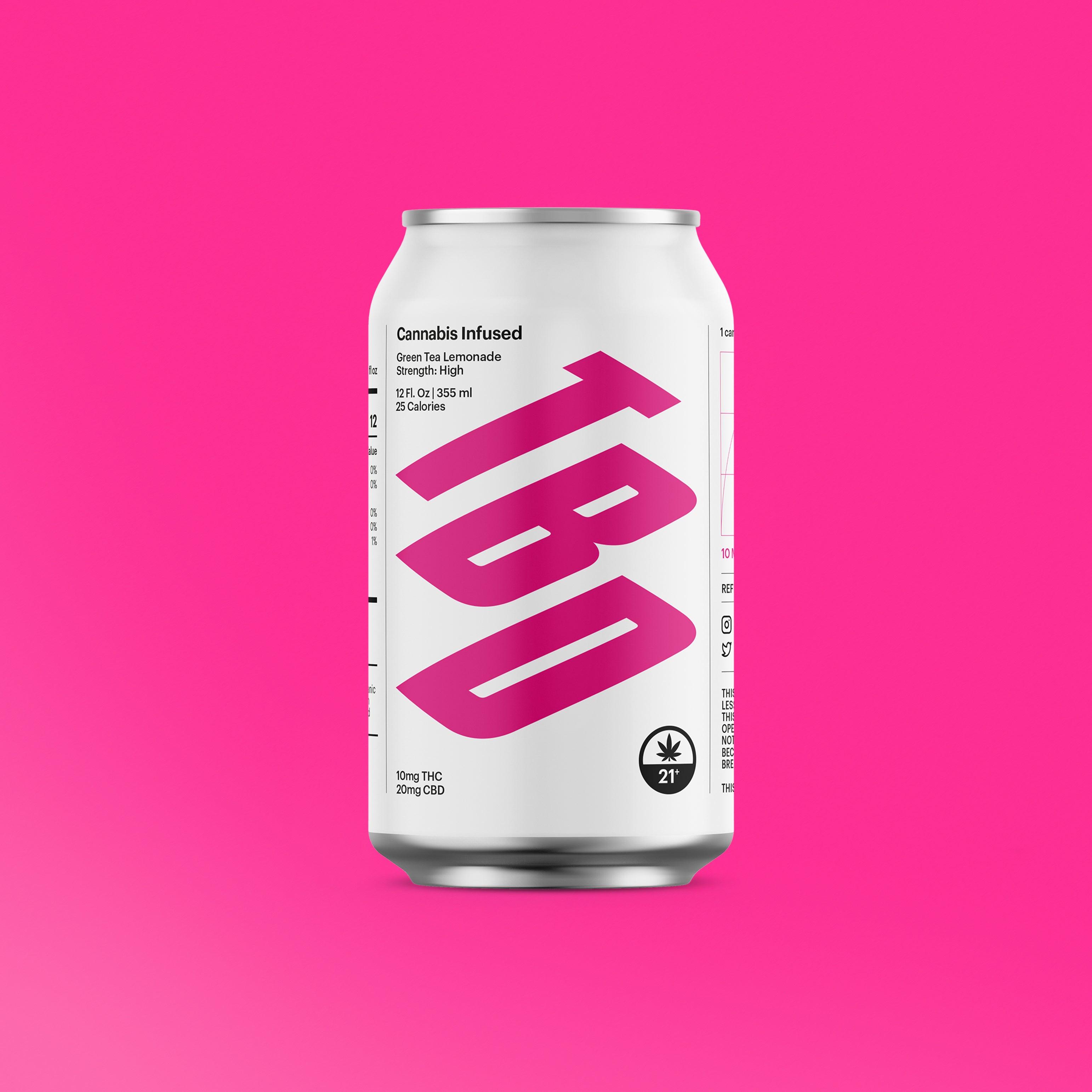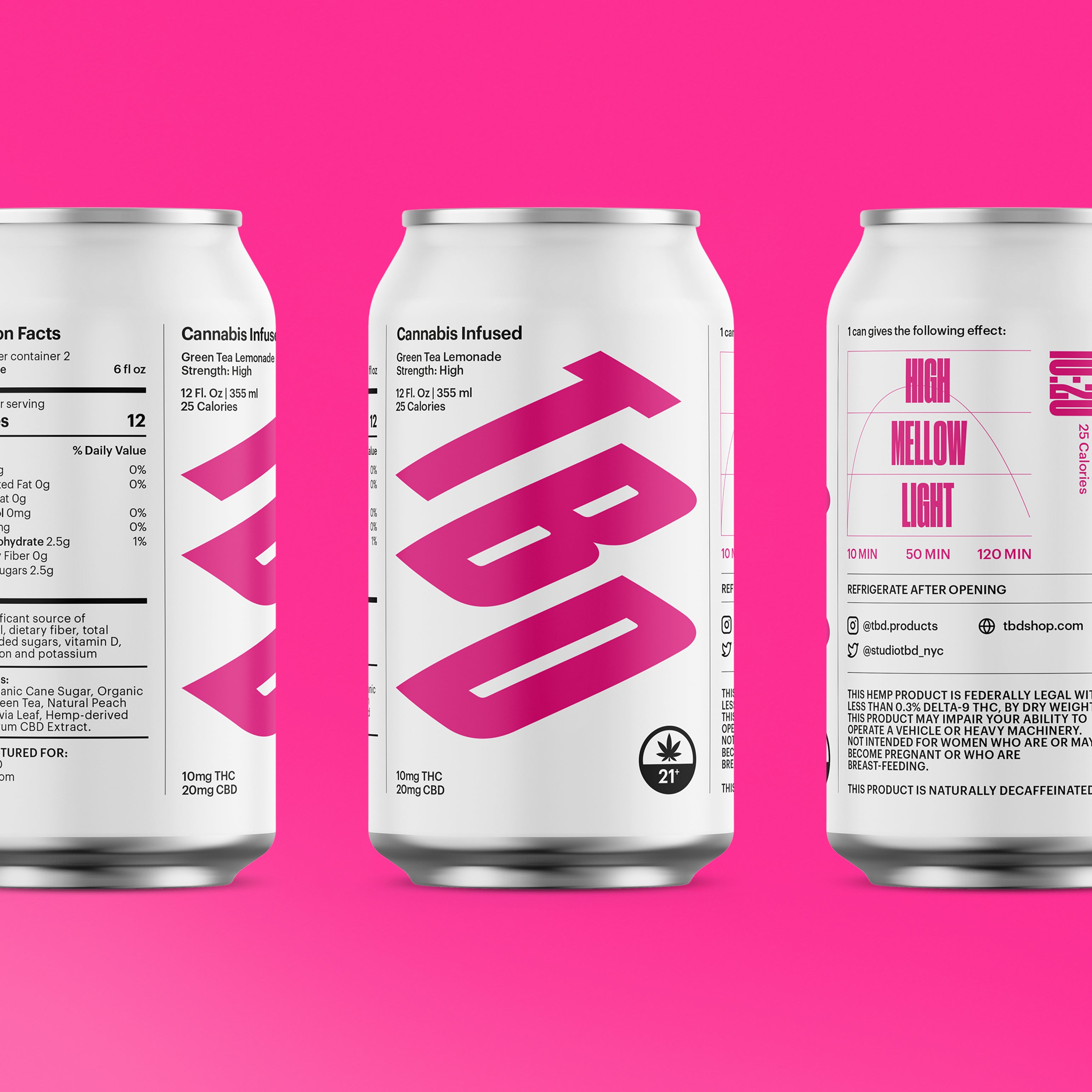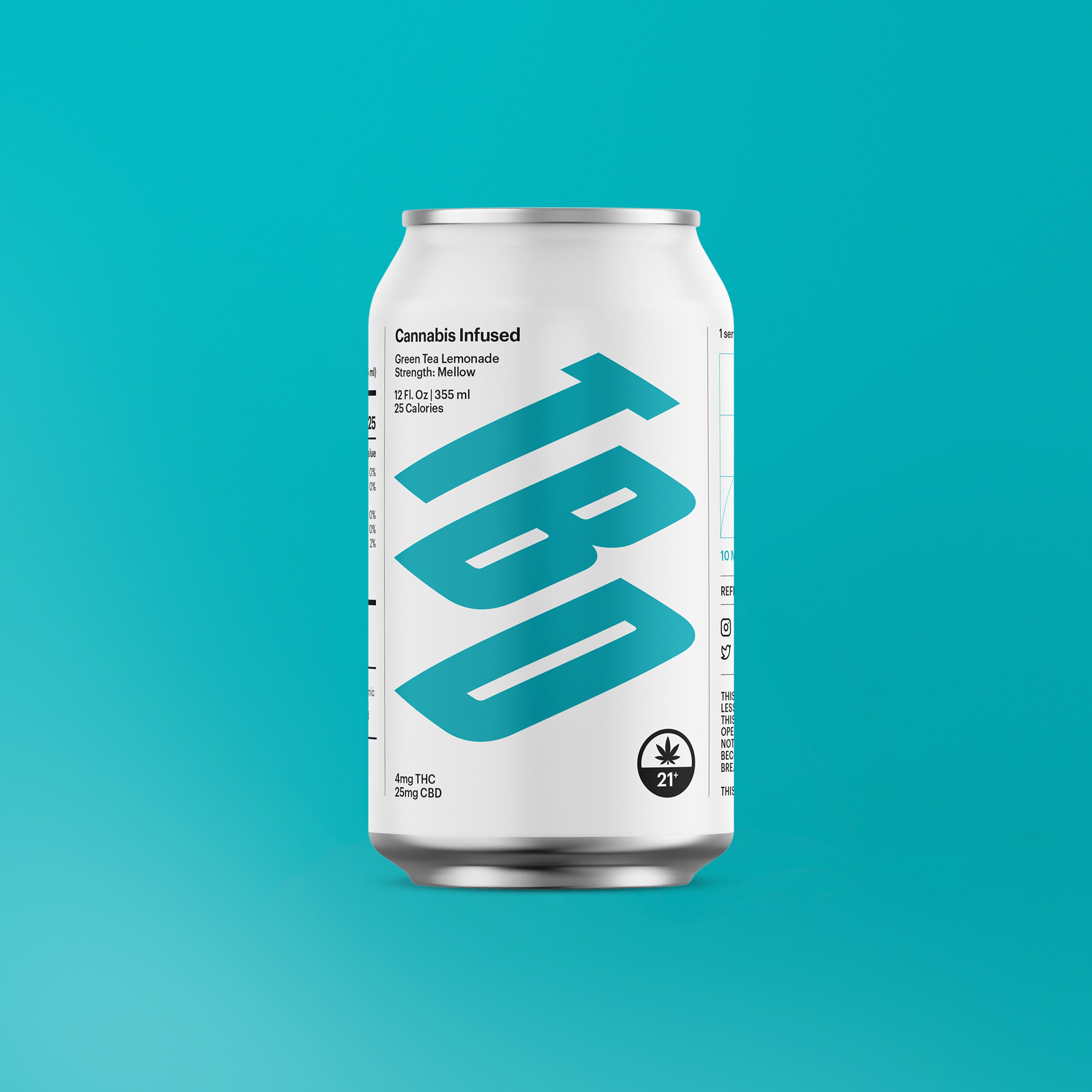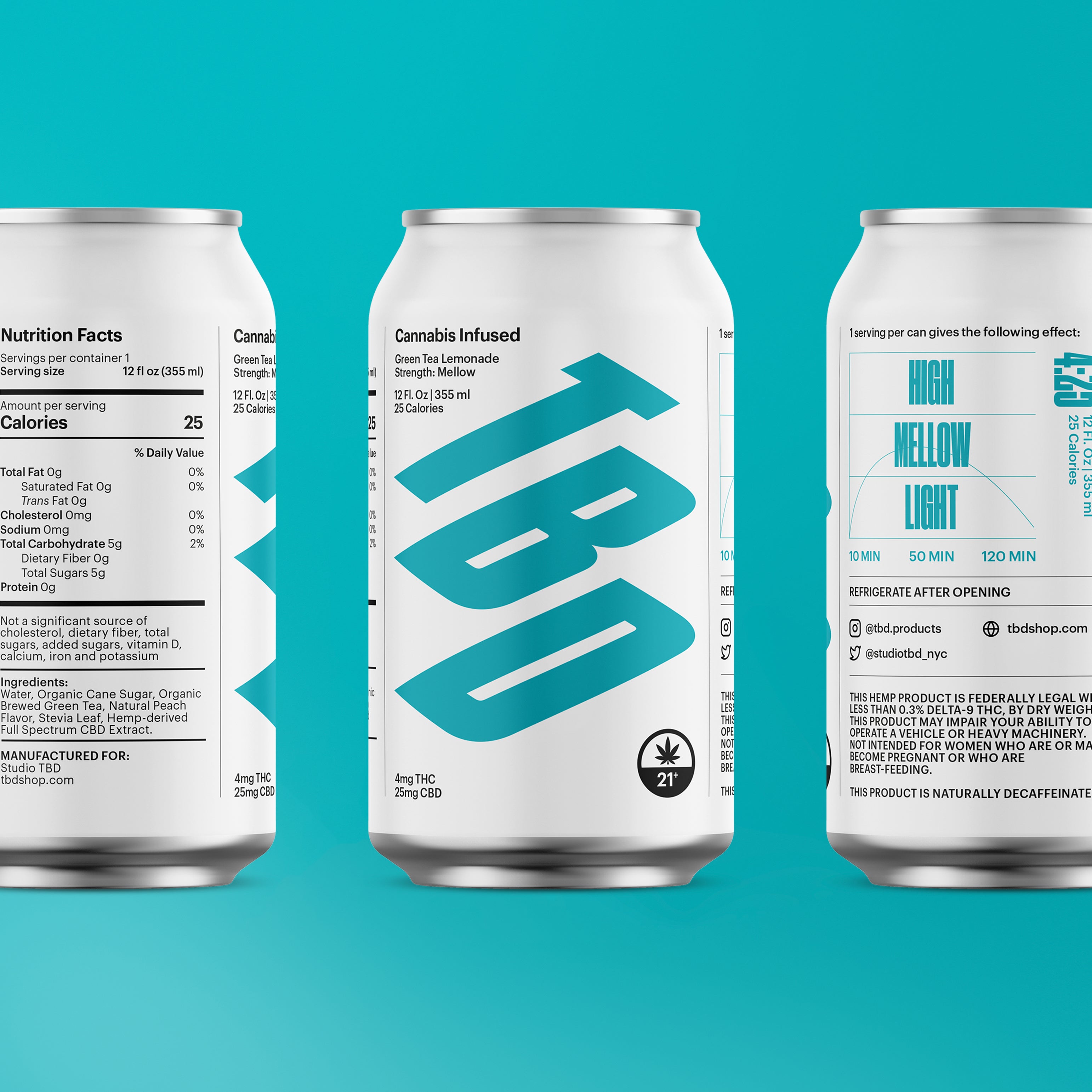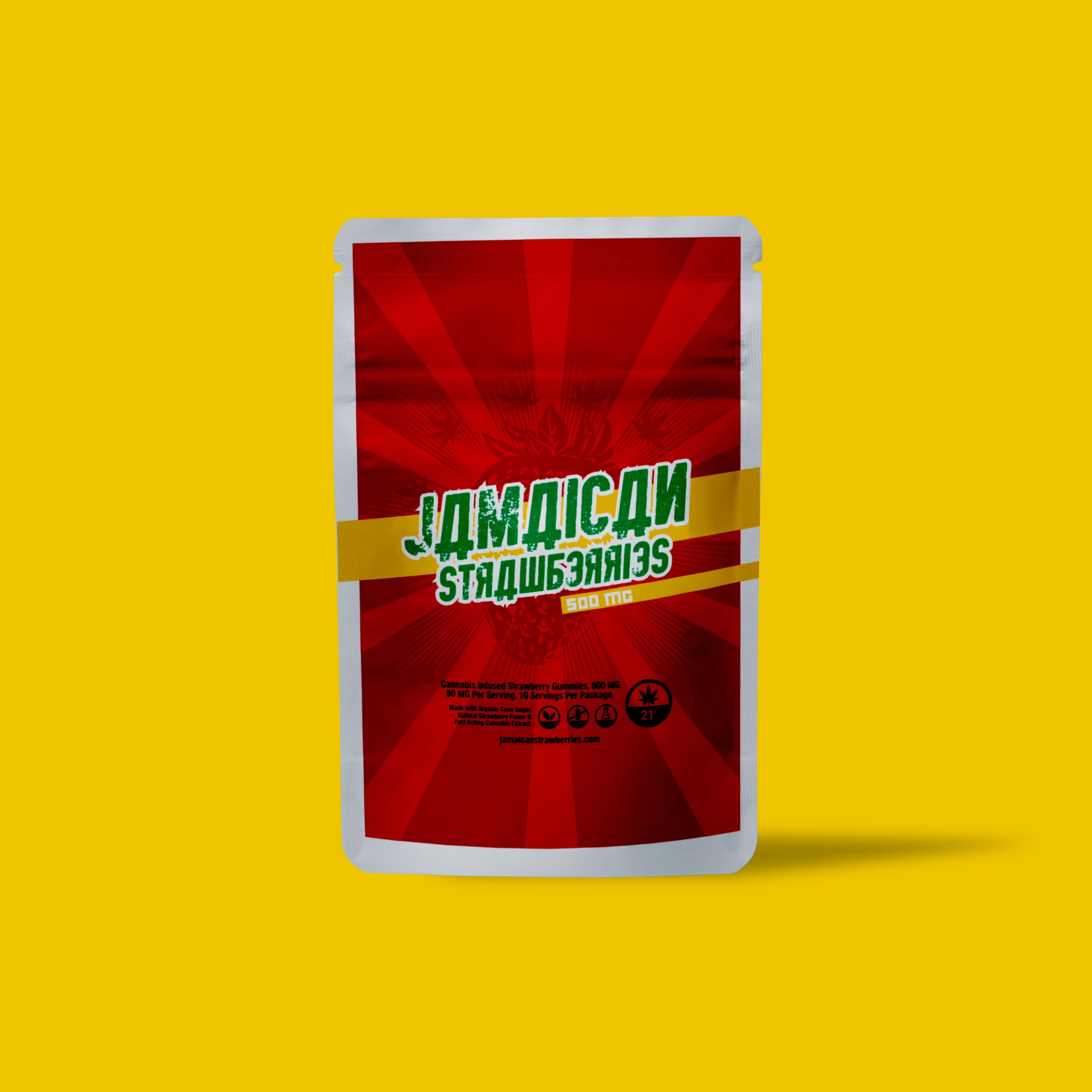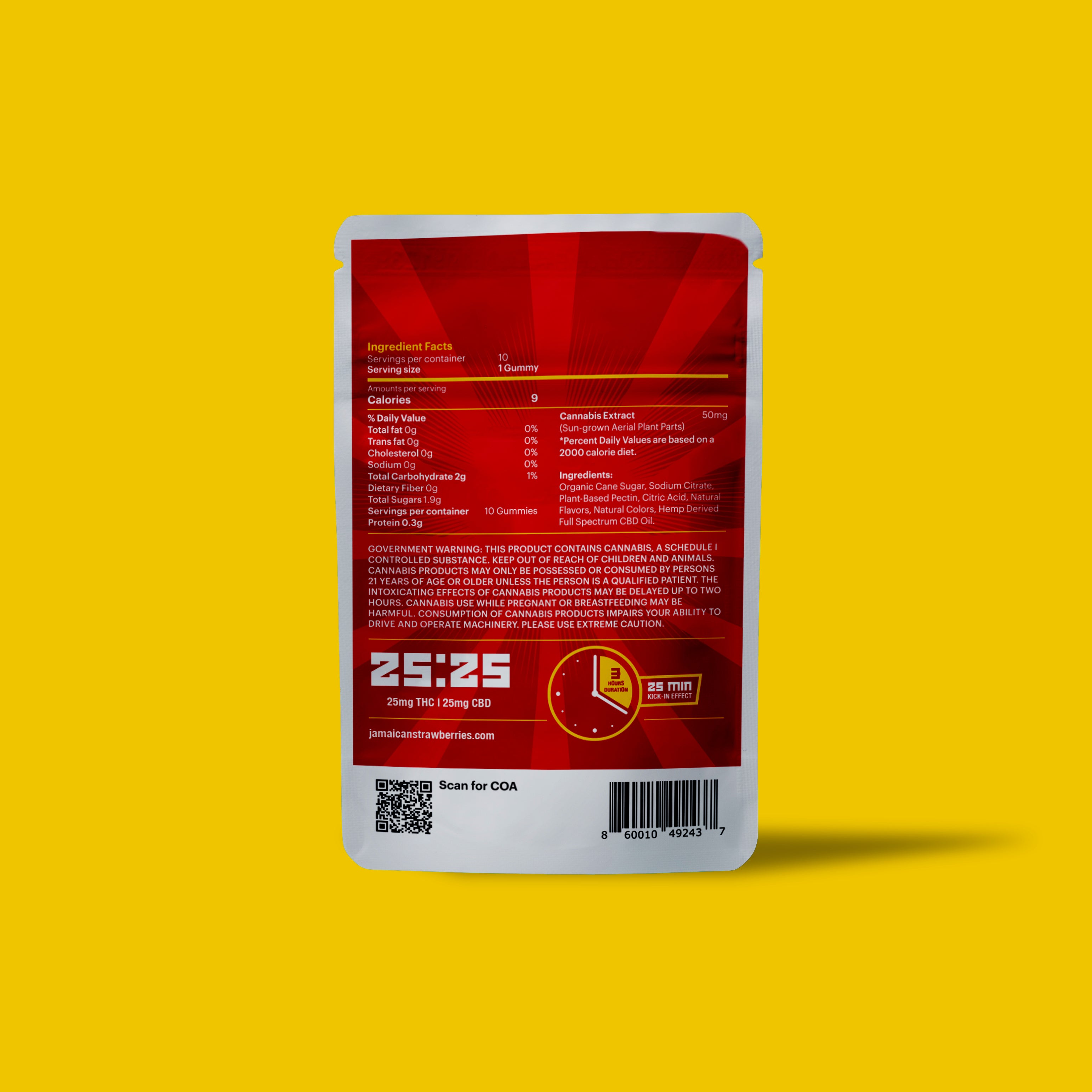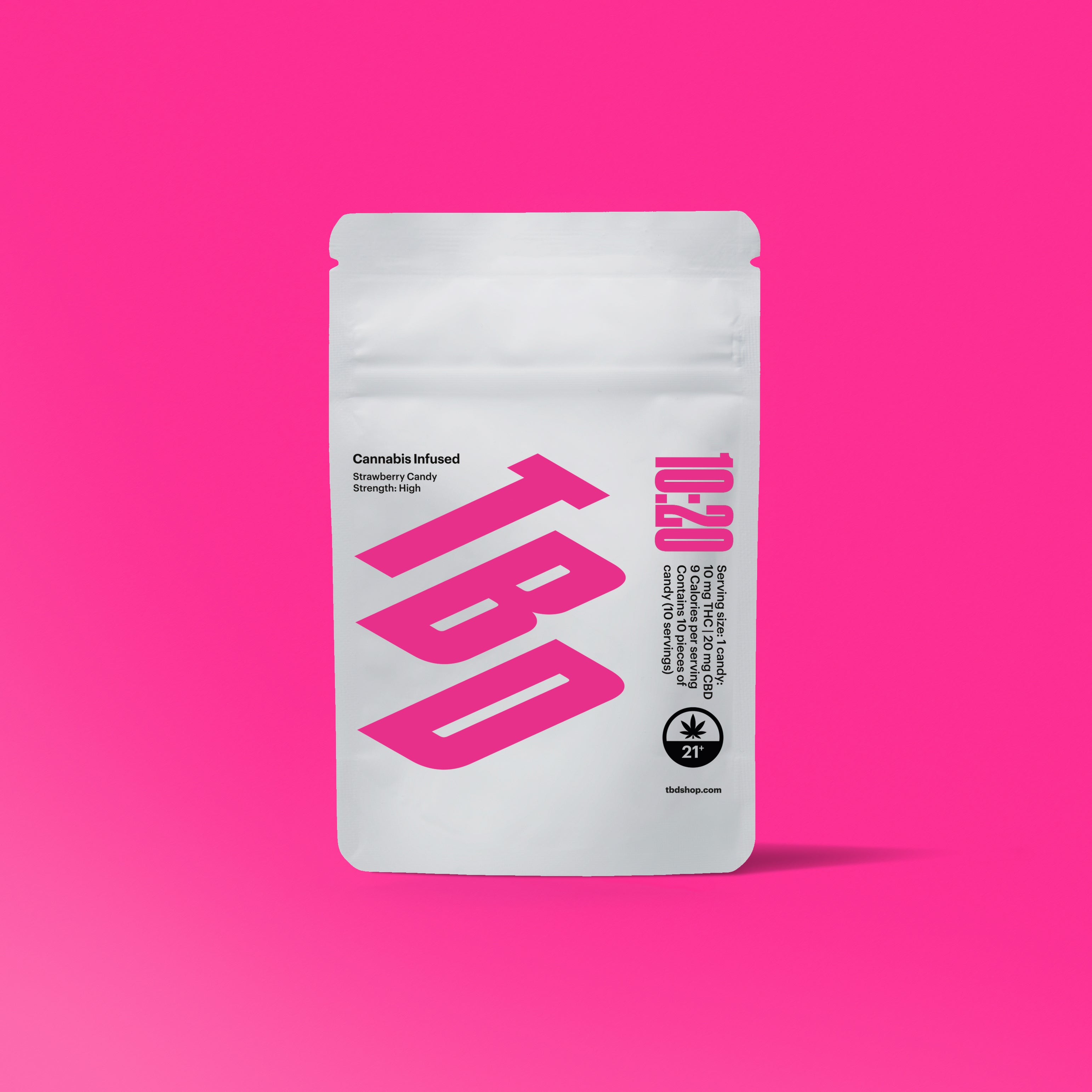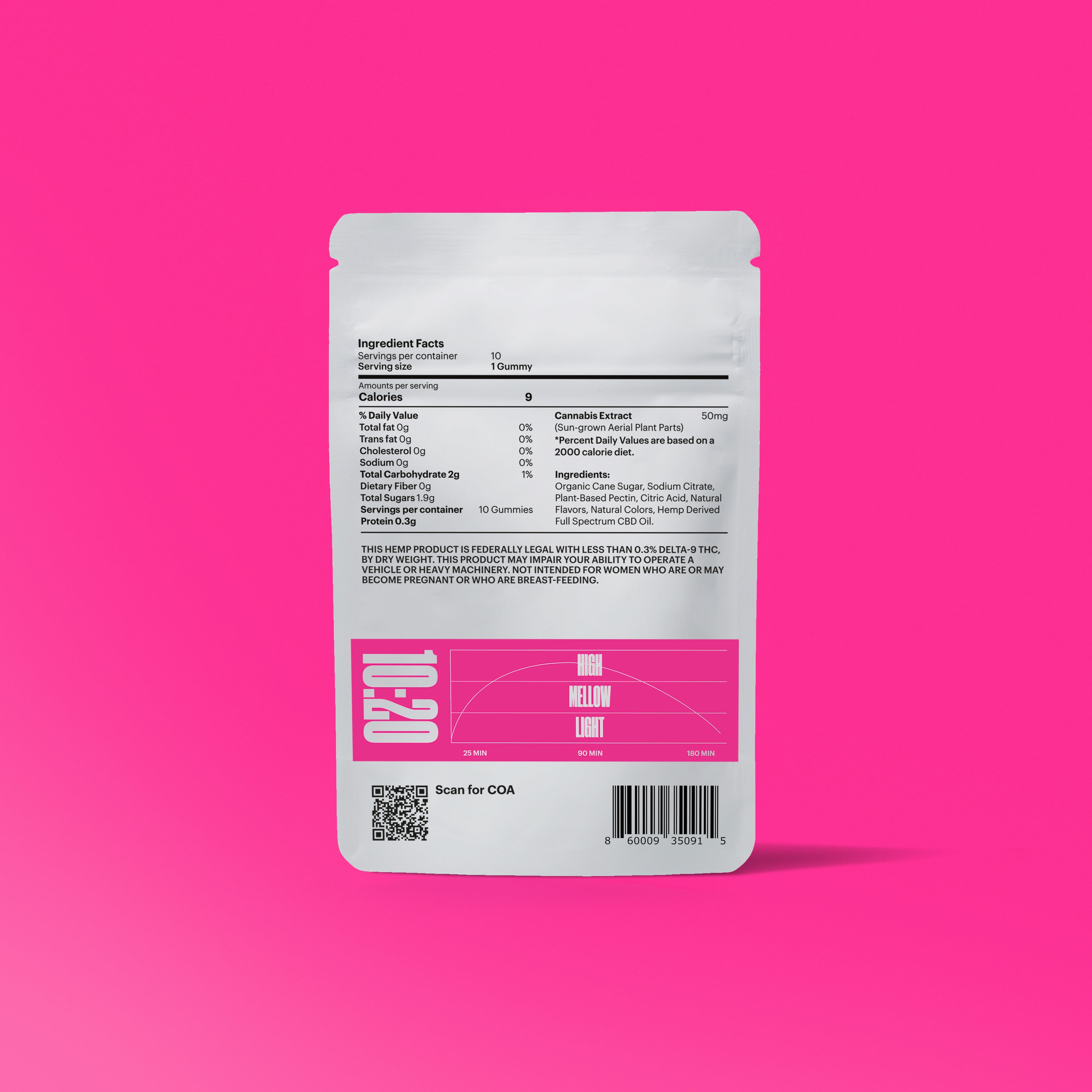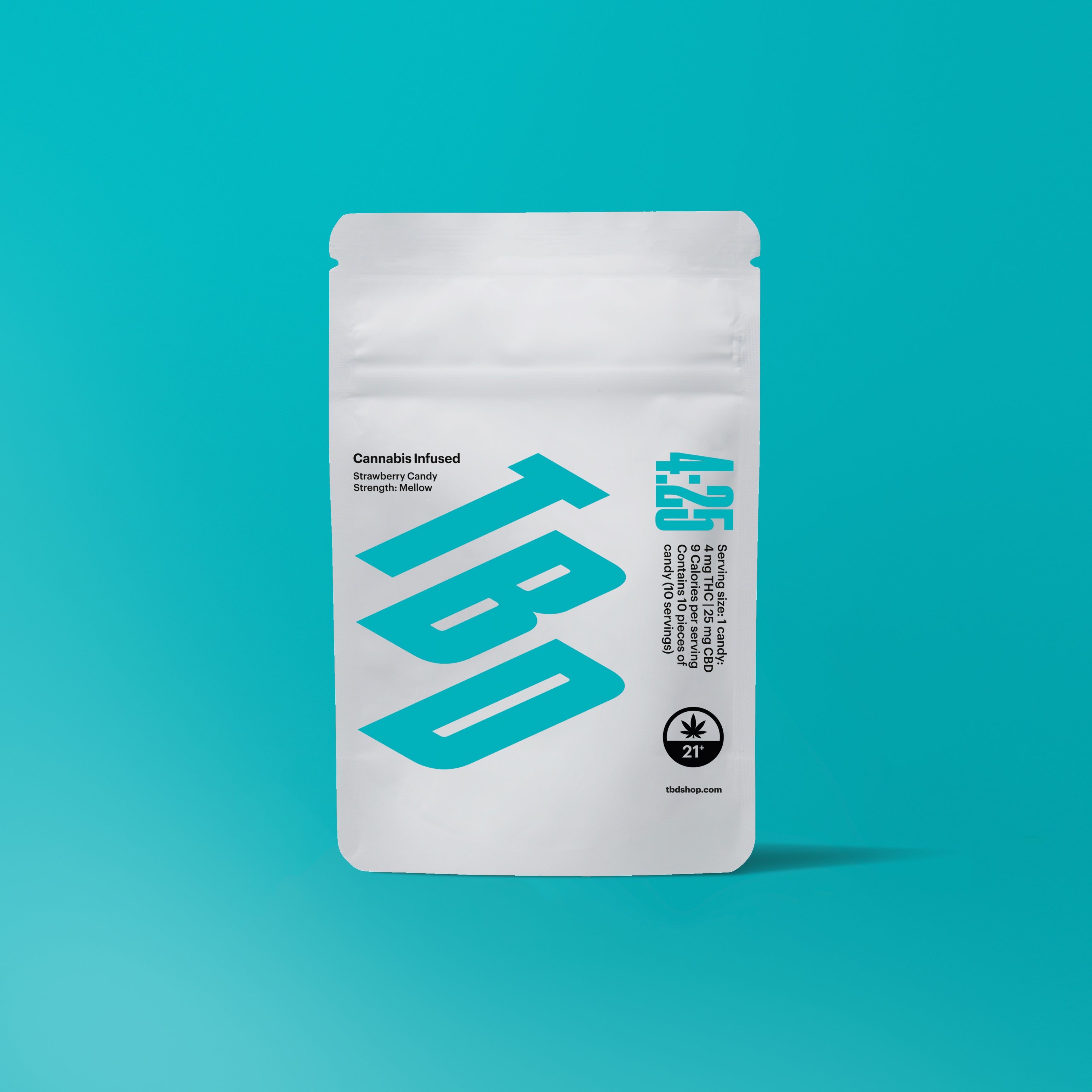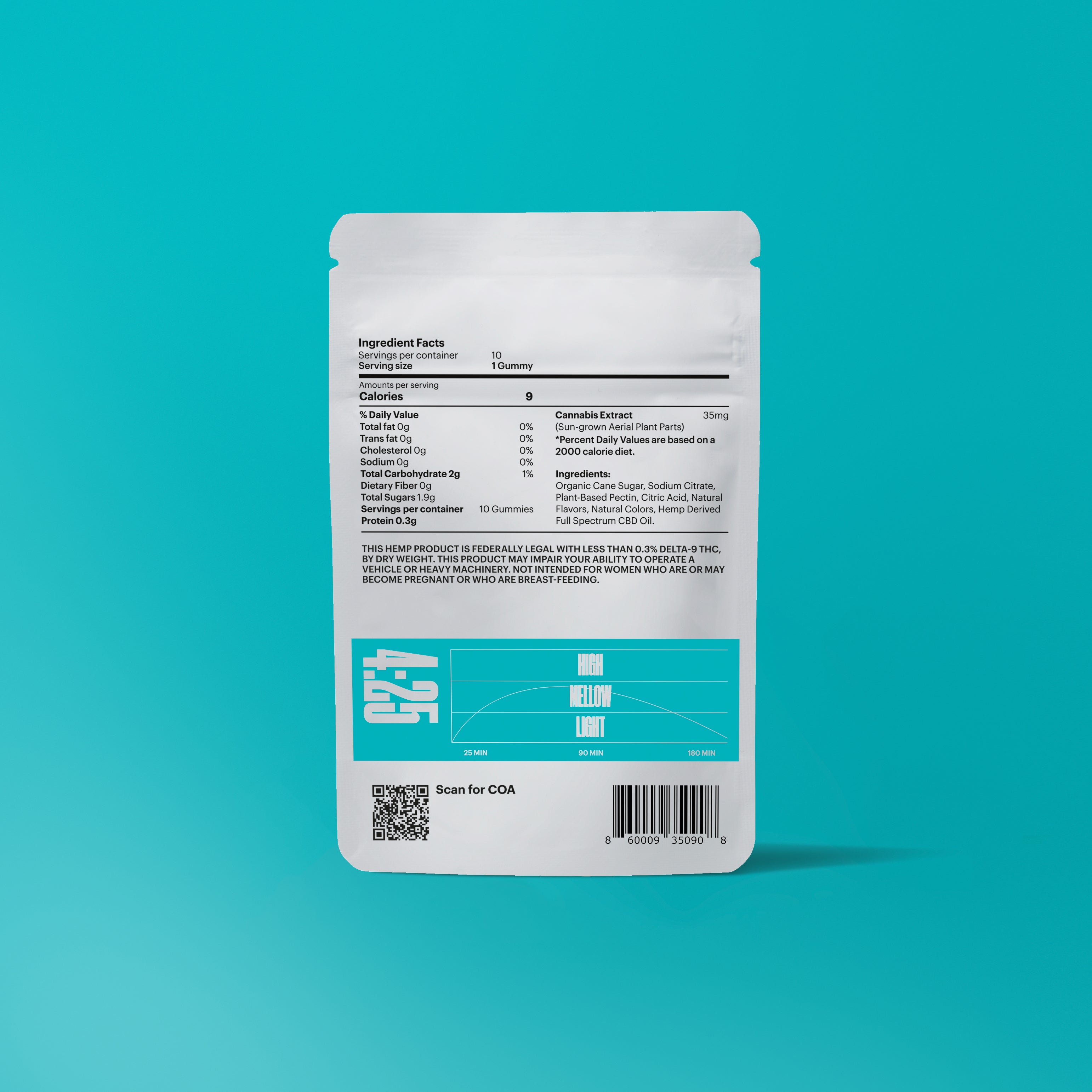As New York celebrates Pride this weekend, Lauren Murada takes a look back at the gay discos of the past and the impact it has on dance music today.
We are going to talk about disco and how modern day electronic music owes everything to 1970s gay New York. This was a time before Citibank sponsored NYC Pride, and no corporations were changing their logo to a rainbow flag every June. It was before Pride was even a thing, when the gay rights movement was in its infancy following the Stonewall Riots in 1969, and the queer community was still largely underground.
This was a time when going out was the only time that gay people truly felt free. The dance floor gave them a space to really be themselves in a way they couldn’t in day-to-day life. The Loft was one of these places, a private party hosted by David Mancuso in his SoHo loft every Saturday night starting on Valentine’s Day 1970. The largely gay crowd would show up at midnight and not leave until midday, losing themselves in music for hours at a time. No alcohol was sold at the party, although other mind-altering substances were available. Also, there was no standing or chatting on the dancefloor - if you were there, you danced your ass off.
“...Gay, straight, bi, black, Asian. There were a lot of different people and they were my friends. And I keep my friends; so they brought their friends. You would have really the whole spectrum,” David Mancuso said in an interview with Bill Brewster and Frank Broughton.
Mancuso was the founding father of dance music, and The Loft was a feeling people wanted to emulate by starting their own discotheques. A 17-year-old Nicky Siano opened The Gallery in 1971 after being a regular at The Loft from the early days. More gay clubs followed:
“Nicky was coming into my place when he was 14 years old. He started going right back to the beginning. He opened his place up on Fridays. Then the Soho opened up, which was Richard Long. Then Reade Street opened. And that became the Garage. Then the Gallery moved. The Flamingo was right around the corner from me. But basically, my whole situation grew from very close friends of mine and stayed that way. So I wasn’t really bothered that those places opened. I was glad they were doing it,” Mancuso said.
1977 was the year Studio 54 opened. This, however, was the start of the end for disco culture. Outside of New York and a few other major cities, the American public couldn’t handle how flamboyantly gay disco was, from the music to the outfits to the drugs to the lifestyle. Events like the Disco Demolition Derby in Chicago in 1979 (where a bunch of angry straight white dudes had a riot at a baseball stadium after burning disco records for a rock radio promotion) lead to the decline in popularity of the genre.
However, disco lives on through modern day electronic music as we know it today. Nicky Siano hired two teenagers as balloon guys to help him decorate The Gallery, Larry Levan and Frankie Knuckles. These two went from there to DJ at the disco room at The Continental Baths (another iconic venue in the history of disco), honing their craft and building their record collections before moving on to two legendary DJ residencies, Larry at NY’s Paradise Garage and Frankie at Chicago’s Warehouse. The Paradise Garage was the birthplace of garage, from which came 2-step, grime and dubstep. The Warehouse was the birthplace of house music, which grew into deep house and acid house, and has touched just about every genre of modern dance music from techno to drum’n’bass to EDM. So if you love electronic music but disco isn’t really your thing, the music you're into still owes a lot to disco and the gay men who pioneered it.
“By ’81, when they had declared that disco is dead, all the record labels were getting rid of their dance departments, or their disco departments, so there were no more uptempo dance records, everything was downtempo,” Frankie Knuckles said in a 1995 interview. “That’s when I realized I had to start changing certain things in order to keep feeding my dancefloor, or else we would have had to end up closing the club.”
In 2023, homosexuality is no longer illegal (this law was repealed in New York State in 1980) and gay clubbing culture thrives in our great city and holds an important place to many, many people. Queer crews like The Carry Nation, Papi Juice, XOXA, Wrecked, and Occupy The Disco continue to keep the spirit alive and give everyone a safe haven to express themselves on the dance floor.
Douglas Sherman has been attending The Loft since 1979 and is now one of the musical hosts at the party (yes, it still happens today, 53 years later!). The way he speaks about The Loft in its heyday still rings true today: “It's love. It’s the idea that it’s a celebratory experience, together with everyone,” he says in an interview with Good Room. "You shed the ego and realize there’s a freedom where dancers and the music come together. It’s all about the music; it really doesn’t matter who’s behind the turntables if they connect on this level.”
Below is a playlist of Loft Classics that can still be heard during the Loft Parties, held in an undisclosed location in Manhattan, NYC.
